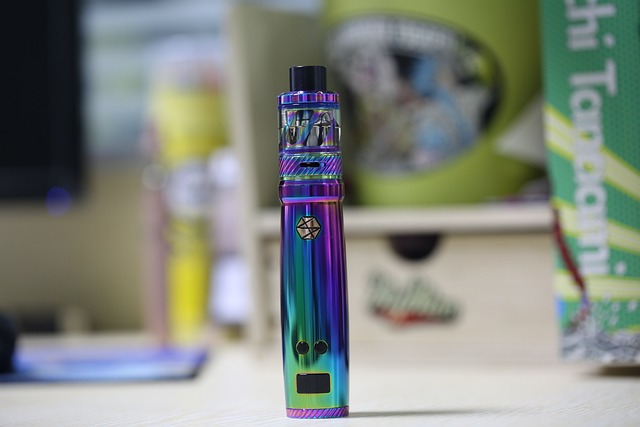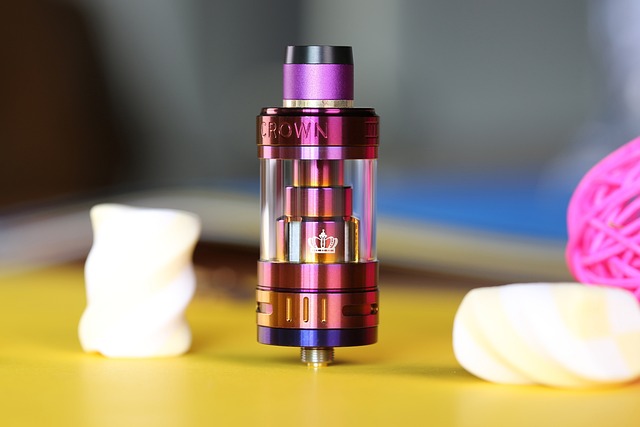Knockout 2.0: The Evolution of Vaping and Its Impact on the E-Cigarette Industry
In recent years, vaping has transformed from a niche activity to a mainstream phenomenon, captivating millions of users around the globe. The term “Knockout 2.0” symbolizes this evolution—referring not only to the latest advancements in e-cigarette technology but also to the broader societal shifts surrounding its use. This article delves deep into the nuances of Knockout 2.0, exploring how innovations in vaping technology, regulatory frameworks, and health perceptions are shaping the future of the e-cigarette industry.
The Rise of Vaping: A Brief Overview
Vaping originated as an alternative to smoking, offering users a way to enjoy nicotine without the harmful byproducts of combusting tobacco. The first commercial e-cigarette was introduced in 2003, and since then, the market has witnessed exponential growth. According to recent statistics, the global e-cigarette market was valued at approximately $12 billion in 2022 and is expected to reach $40 billion by 2027. This steady increase highlights the transformation of vaping from a niche product to a mainstream choice.
Knockout 2.0: What Does It Mean?
The term “Knockout 2.0” encapsulates a new era in vaping technology. It signifies the advancements that have occurred since the original vaping devices—design improvements, enhanced user experience, and reduced health risks. These innovations are not just limited to hardware; they also extend to e-liquids, flavors, and nicotine delivery systems, providing a more satisfying experience for both new and veteran vapers.
Technological Innovations: The Hardware Revolution
One of the most significant aspects of Knockout 2.0 is the technological advancements in vaping devices. Modern e-cigarettes offer a range of features that were unimaginable in the early days.
– Pod Systems: These compact devices are user-friendly and provide a stealthy way to vape. They often use salt-based nicotine, which mimics the absorption rate of traditional cigarettes.
– Temperature Control: This feature allows users to customize their experience by controlling the device’s heat settings, leading to smoother hits and better flavor retention.
– Smart Technology: Innovative e-cigarettes are now equipped with Bluetooth capabilities and mobile applications. Users can monitor their vaping habits, adjust settings, and even track their nicotine intake.
Flavor Explosion: The Aesthetic of Vaping
The flavor profiles available in e-liquids have expanded tremendously, catering to diverse palates. From classic tobacco to candy and dessert flavors, the vaping experience is often about choosing the right flavor. Here are some examples of popular categories:
| Flavor Category | Examples | Popularity Level |
|——————|——————————|——————|
| Fruit | Strawberry, Watermelon | High |
| Beverage | Coffee, Soda | Medium |
| Dessert | Vanilla Custard, Cookies | High |
| Menthol | Cool Mint, Arctic Breeze | Medium |

The variety of flavors available not only attracts new users but also encourages existing smokers to switch to vaping.
Health Perspectives: The Ongoing Debate
While vaping is seen by many as a safer alternative to smoking, there are still concerns regarding its health implications. Numerous studies indicate that e-cigarettes do contain fewer harmful chemicals than traditional cigarettes. However, the presence of nicotine and other components raises questions about long-term exposure. The industry is continuously striving for transparency and improvement in product safety.
Regulatory Landscape: Navigating New Norms
The vaping industry is under increased scrutiny, and regulatory frameworks are evolving rapidly. Governments worldwide are implementing stricter regulations on marketing, sales, and manufacturing standards to protect consumers, particularly minors.
In the United States, the FDA has introduced a premarket tobacco application (PMTA) requirement for e-cigarette manufacturers, ensuring that only products that meet safety standards can enter the market. Similar regulations are emerging in various jurisdictions globally, impacting how companies approach product development and marketing strategies.
The Future of Vaping: Trends to Watch
As technological advancements continue, the future of vaping appears promising. Key trends that are likely to shape the landscape include:
1. Increased Personalization: Customizable devices and personalized e-liquid formulations will allow users to tailor their experience even further.
2. Focus on Sustainability: With growing awareness of environmental issues, companies will face pressure to adopt greener practices in both product design and packaging.

3. Research and Development: Continuous investments in R&D will result in innovations that enhance product safety and efficacy.
Questions and Answers
What are the main advantages of vaping over traditional smoking?
Vaping is generally considered a less harmful alternative to smoking. The primary advantages include the absence of tar and many of the toxic chemicals found in cigarette smoke, the ability to customize flavors and nicotine levels, and the reduced social stigma surrounding vaping in some regions.
How is Knockout 2.0 impacting the perception of vaping among teenagers?
Knockout 2.0 has made vaping more appealing to younger demographics due to its sleek designs and diverse flavors. This has raised concerns among parents and educators, prompting discussions around effective regulations and education to prevent underage vaping. However, it has also led to increased advocacy for vaping as a potential smoking cessation tool.
What regulatory changes can we expect in the vaping industry?
As public health concerns continue to grow, we can anticipate stricter regulations aimed at protecting public health, especially for minors. This may include age restrictions on sales, limitations on marketing practices, and stringent safety requirements for manufacturing e-cigarettes and e-liquids.
—
This exploration of “Knockout 2.0” has illuminated the transformative changes occurring in the vaping industry, highlighting the balance between innovation and regulation. While the future of vaping holds much promise, it will undoubtedly evolve in response to ongoing debates surrounding health, safety, and societal impact. Keep an eye on this fascinating sector as it continues to develop and adapt in the coming years.





